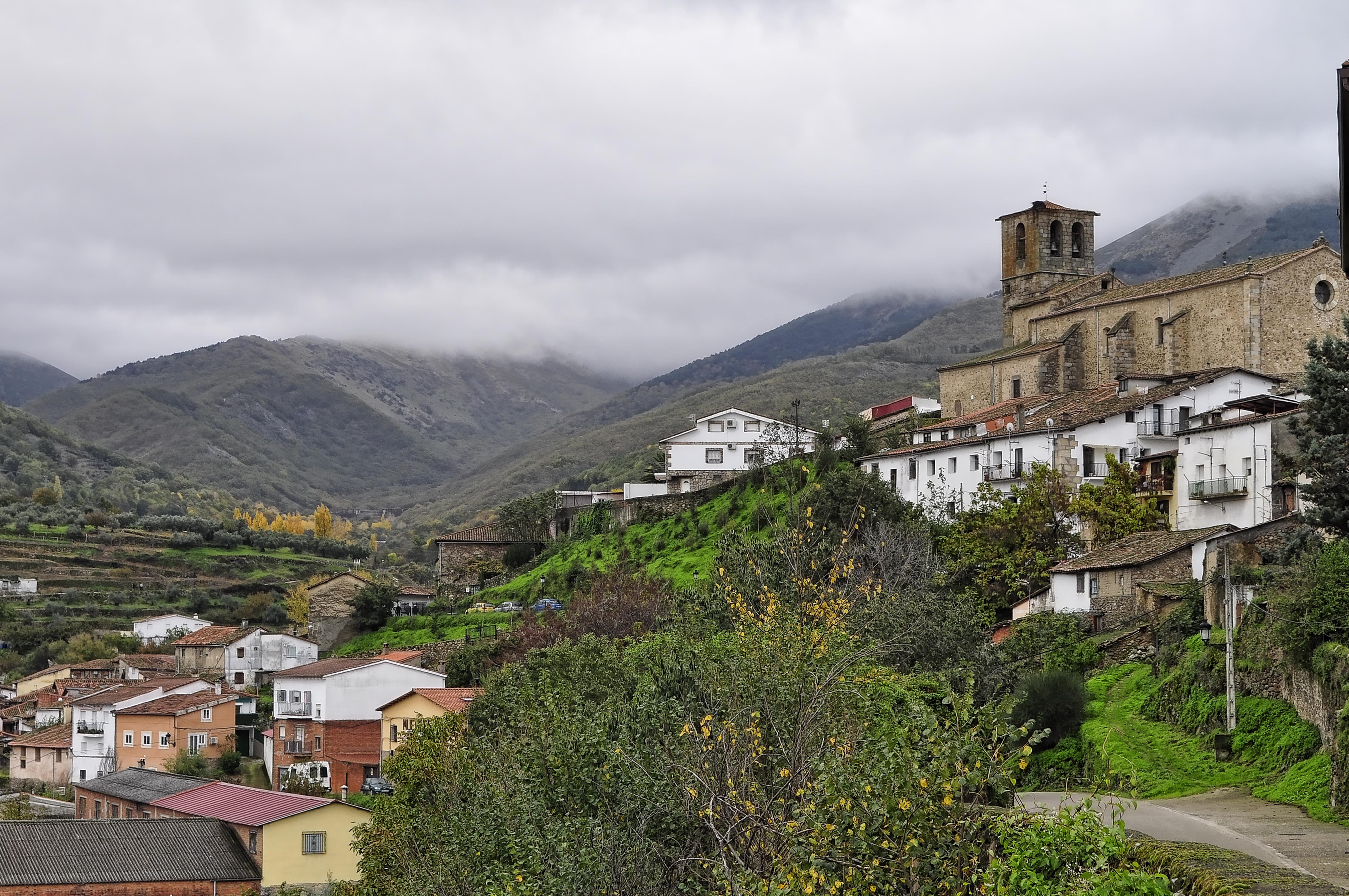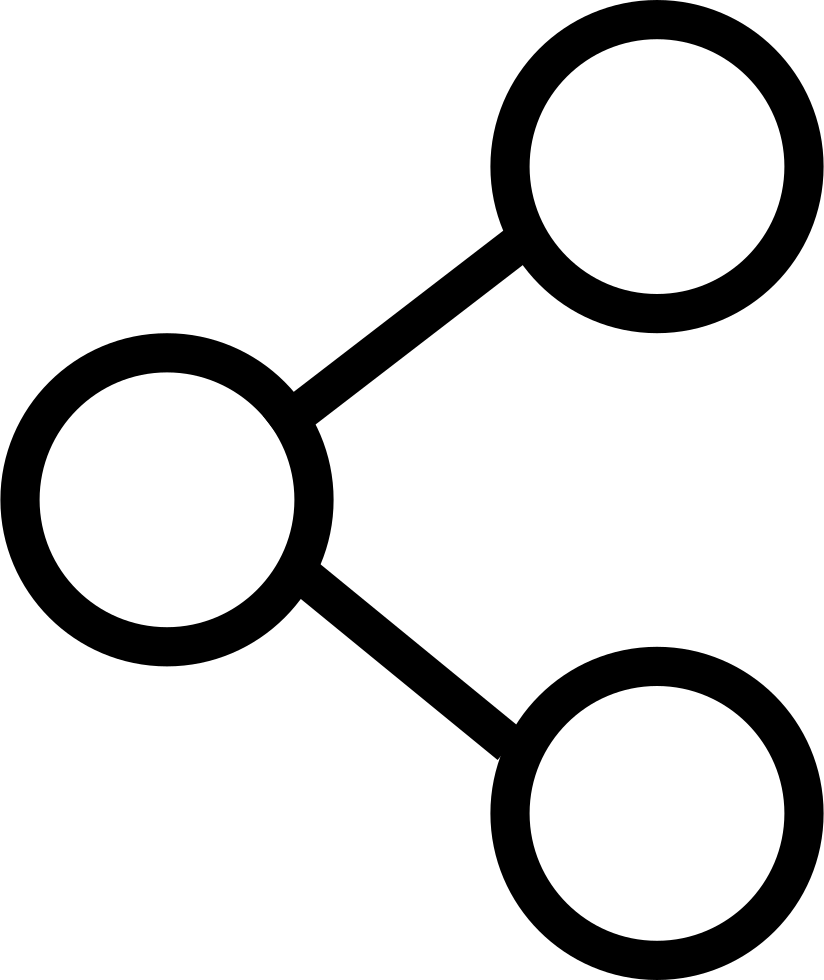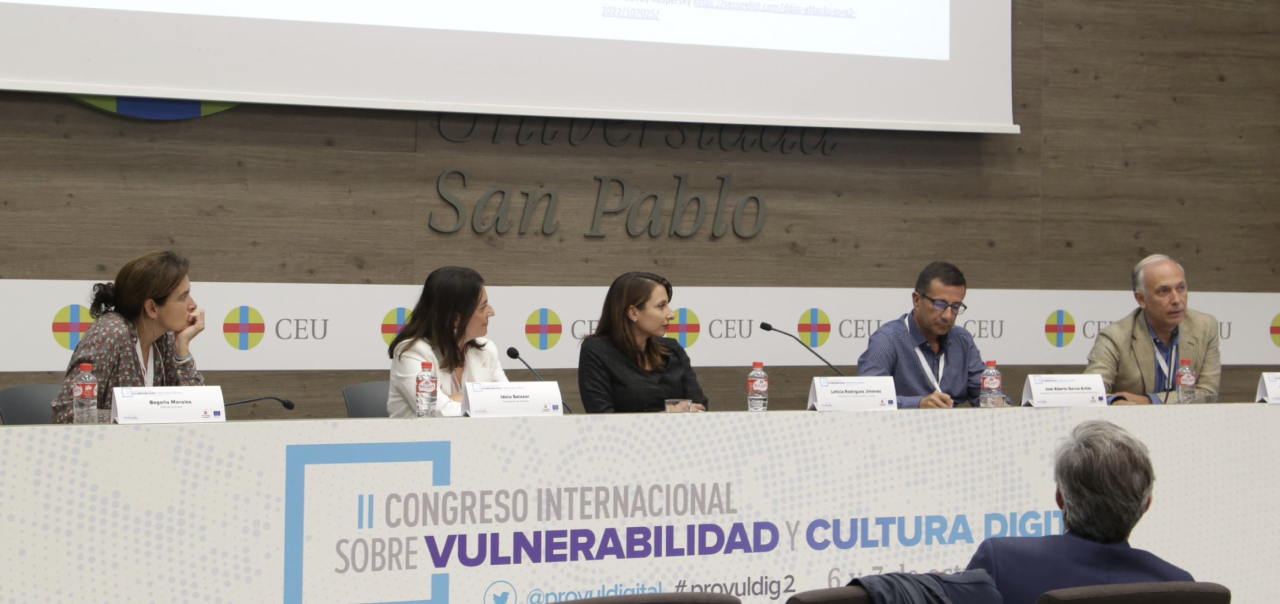
The challenges of the "Emptied Spain"
The digitalization of the rural world
Digitalizing the rural environment forces us to delocalize the generation of wealth and employment, to connect people and businesses while preserving the natural heritage.
It is the main asset we have to face climate change. It is the territory of biodiversity, of the green mass that consumes the CO2 produced in urban centers, of sustainable agriculture, and also of the culture of resilience and dynamic adaptation to adverse weather conditions. In short, the new rural development policies must be designed on the basis of a new reality, in which the rural milieu is not only a passive subject, but the main actor in a new scenario marked by new paradigms.
Forecasts that 70% of the world's population will live in urban centers by 2050 call for a balance to be struck between social, economic and environmental aspects, as well as with the citizens themselves, in order to achieve sustainable development. The challenge of rural depopulation must be met with technology that responds to the specific needs of the different territories and promotes productivity and progress.
According to the census data published by the National Statistics Institute (INE) as of January 1, 2019, the Spanish population has exceeded 47 million inhabitants, the highest figure since 2013, however, 76% of the 8,124 Spanish municipalities have lost inhabitants.
Another alarming indicator is the population density, which stands at 233 people per square kilometer in the European Union as a whole, for 92 in Spain. This difference is even greater if we compare it with Autonomous Communities such as Castilla y León or Extremadura, which include provinces that are already part of the so-called "emptied Spain".
The aim is, among other things, to recover the population and attract new companies, using technology to provide public services in a more accessible, efficient and sustainable manner. At Minsait, we are evolving solutions for smart cities to other areas such as rural tourism, smart agriculture, livestock and fishing, mobility on demand of the territories to facilitate their integration, or tele-health care.
The smart tourism projects "Smart Camiño", promoted by the Xunta de Galicia, and "Cáceres Patrimonio Inteligente", awarded by Red.es, are part of this line, both initiatives stand as key global references in smart tourism, a model to follow for many cities in the world since they are complete solutions, which are already implemented and successfully tested, and generate a very positive impact on the local economy.
In the case of the Galician autonomous community, the implementation of a digital platform with mobile applications to guide and resolve all the information needs of pilgrims on the Camino de Santiago resulted, in 2018, in a 68.5% increase in the number of web users (www.caminodesantiago.gal). In total, there were more than 300,000 visitors to the page and a notable growth in queries from countries such as Italy, Portugal, the United States, Germany, France, Argentina or Mexico.
On the other hand, estimates indicate that the project in Cáceres could increase the number of overnight stays and visitors by up to 5%, as well as increase the number of jobs in the sector by up to 10%. This will be possible thanks to the recent installation in the city of Extremadura of sensor and information systems in several buildings of tourist interest and strategic areas that allow to improve the conservation of the historical heritage, as well as to establish, in a more reliable way, the profile and number of tourists visiting the city to direct and personalize the offer through digital channels in a more attractive way.
From the point of view of improving sustainability in small cities, the projects in Palencia and Lugo stand out, including the implementation of an intelligent management platform for local infrastructures with updated cartographic information and georeferencing, as well as the development of several vertical services to save energy or water, reduce pollution or improve public transportation.

More sustainable waste management and agriculture
The transition to the circular economy in Spain, based on the rule of reduce, reuse, repair and recycle in a continuous circle, represents a great opportunity for economic development and the creation of new sources of sustainable employment in the rural world.
Circular economy strategies support the strengthening of an interconnected and intelligent rural world and promote new business niches in data processing and in areas such as sustainable trade or organic agriculture that can lead to the formation of new companies and entrepreneurial projects.
In this line, the joint commitment of Minsait and Ecoembes stands out, which has led to the design of an intelligent waste management platform called Smart Waste, which is helping to optimize recovery and recycling throughout the country, significantly reducing the environmental and economic impact.
The initiative will enable any municipality to access this cutting-edge technological platform to improve the management of its resources and processes. Among other things, it facilitates the establishment of dynamic collection routes, as well as obtaining estimates of the increase or decrease in waste per route and per container, depending on the time of year or the demographic composition of the area.
On the other hand, Minsait is working on the development of new digital solutions to help the various agents in the agricultural, livestock and fishing sector to face the challenges arising from climate and demographic change.
In this line of dynamization of the rural economy, Minsait is collaborating in the design of an agricultural intelligence platform to meet the needs and objectives of the main stakeholders in the sector (councils and farmers) with a strong focus on the value of data as a source of information that enables the optimization of a region's production through integration and interoperability.
The rural environment is much more than agriculture and livestock farming, and the infrastructure and service needs of the rural environment far exceed the possibilities of a policy focused exclusively on the agri-food sector. This means that it is essential to move from an agricultural policy that includes rural development to a cross-cutting rural development policy with its own autonomy, which is a genuine policy of territorial cohesion.
To this end, it is essential that society begins to appreciate the environmental value of agricultural production that respects the environment, and that it has the firm support of national and European agricultural policies.










Add comment